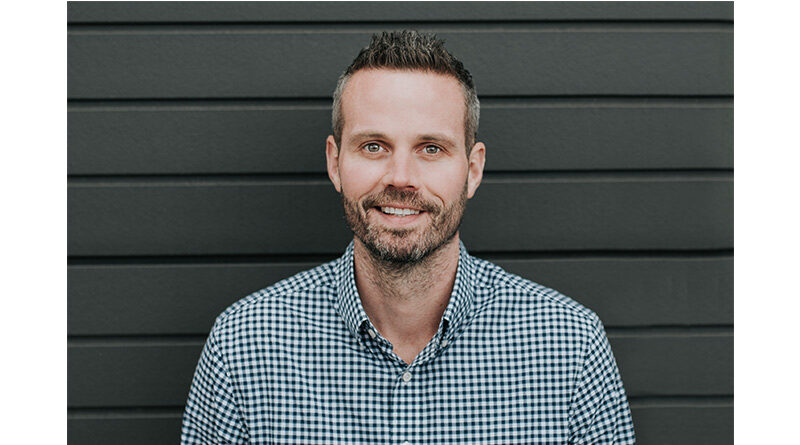Improving Care And Patient Outcomes with Data
By Lee Williams, Chief Technology Officer at Radar (www.radarhealthcare.com)
It’s not news that care providers have a challenging job. Funding cuts, crippling staff shortages and a confusing interface with primary and acute care have all added complications to the sector. On top of this, the way the Care Quality Commission (CQC) regulates care homes is under review. This is a lot for providers to manage during normal operation, let alone during a pandemic.
For many care homes, implementing data capture and analytics is low down on the priority list when they are – understandably – focusing on the day to day. It is often seen as a tick box activity or necessary evil to help with compliance.
But intelligent technology can be the solution to many of the challenges the sector is currently facing. With so many things to think about, it’s easy to forget that many care providers are already collecting data across multiple different departments, and often multiple different systems. Whether it is training records in paper employment files, payroll in Excel spreadsheets, and staffing rotas in scheduling software, data collection is already being done. The difficulty is getting meaningful insights from that data, and then using that to change things for the better.
The COVID-19 pandemic brought to the fore how data can make a huge difference when it’s used to its full potential. In individual facilities, an analysis of staff rotas and health records could indicate a positive infection and prevent it being spread to other residents. While this might sound simple enough, it is almost impossible to do with such disparate databases, and even if it was possible, in many organisations there was little awareness of how to collate and understand the data.
Although it’s more challenging, where data can be useful is when it is collected, analysed and shared between departments, and even organisations. We saw the heart-breaking outcome of managing vulnerable patients with siloed systems during the pandemic and it’s vital we learn from this.
The events of 2020 were unprecedented, so talking about what could have been done isn’t going to change what happened. But we should be having those conversations in order to learn what we can from it to prevent it happening in future. Could better access to, and use of, data have helped predict the spread in some areas? And would that have enabled care homes to be more prepared? Organisations might think this needs complicated technology, but this isn’t necessarily the case. Seemingly simple data, when analysed, shared, and used to inform decisions, can be not only useful but transformative.
Imagine a patient who is ready to leave hospital but still needs intermediate care. The facility can make the best care decisions if the staff and doctors have access to hospital and medical records. Conversely, the hospital could make the best decision about where to send the patient if it had access to information about COVID protocols, bed availability and infection rates. Once the right decision is made, it would benefit the facility staff and local GP to be able to see hospital and medical records. All this information is already recorded, but the challenge is collating and sharing it when it is stored in different formats.
If the same protocols were standard across all organisations, or even within an organisation, it would make data management and analytics much simpler. On a basic level, this could be for compliance purposes, where monthly reports to Public Health England are automated instead of manual. More proactively however it can be used to predict trends and improve patient outcomes.
Data has the potential to transform the care sector, but there are barriers to making the most of it. Not only does it need to be collated and analysed, but the outputs also need to be turned into something meaningful to drive positive change. The technology exists to do this, so now is the time to reap the benefits.
Case study: Data analytics in practice – Thistle Healthcare
Thistle Healthcare is a family-owned care home operator providing services throughout Scotland. They offer a variety of care, from residential to dementia to complex mental healthcare. The team had been using multiple paper-based systems to manage audits, accidents, incidents and quality assurance. Analysing the data took two to three days each month, taking time away from the delivery of care.
Radar Healthcare came in to consolidate and digitalise processes and procedures. Collecting the data and analysing now takes less than a day. This data can help to identify issues needing corrective action, but can also identify strengths in the organisation which helps to boost morale. More than this, during the pandemic, Radar Healthcare allowed Thistle to monitor performance while the support team was working remotely, and identify quality issues brought on during the pandemic. The high level of configurability means the system will continue to adapt as Thistle Healthcare grows.

